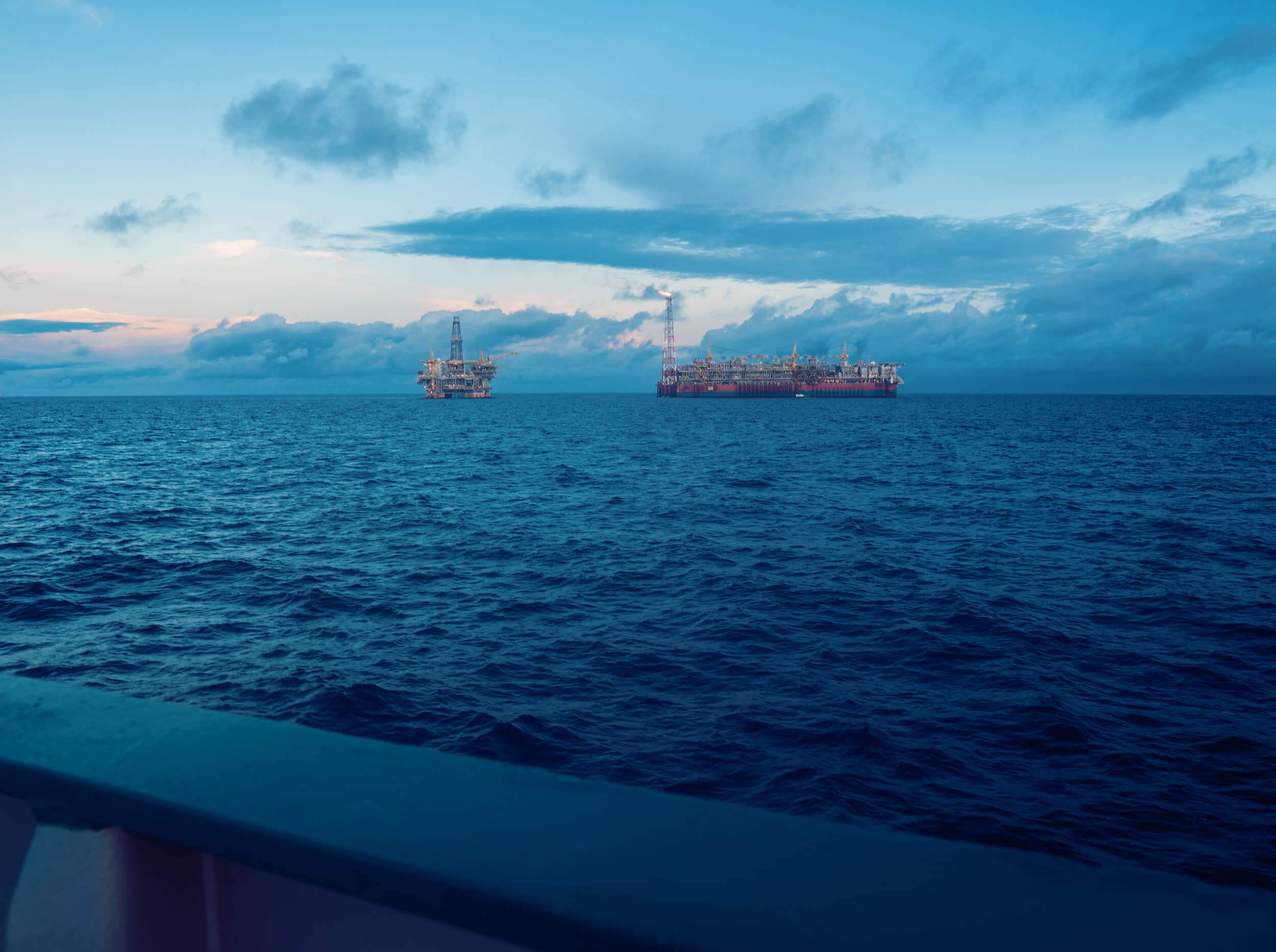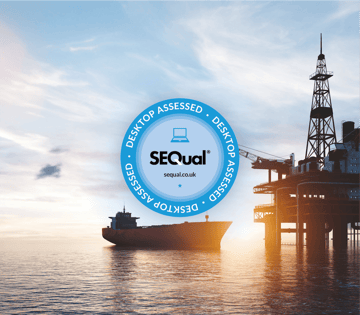For offshore safety and operational planning on North Sea oil rigs, the weather conditions have a large part to play in decisions relating to project completion, efficiency and safety.
It's a given that oil rig platforms can withstand a lot – they are built to last. But there is a definite risk associated with working on one, and adverse weather only adds to it. Offshore safety equipment can only do so much, so choosing the right weather window for external maintenance, deliveries and (on the rare occasion) evacuations can minimise risk.
Everything from extreme storms and low visibility can impact the safety of your employees on an oil rig. How can operations managers meet deadlines and minimise the risk to everyone and everything involved?
How weather forecast providers increase offshore safety
To make operational planning decisions, you need weather forecasts for North Sea oil rigs that contain in-depth information on wind speeds and gusts, wave heights and overall conditions. So, is a general weather service enough? Or is a more bespoke location-specific forecast the better choice?
Optimise the forecast for your operation
The main difference between a professional marine weather forecast provider and a general weather forecast is the ability to optimise the forecast for your operations. After all, not all operations or vessels have the same weather requirements – for example, helicopters are less affected by wave height. And not all projects will need the same conditions either.Vessel selection based on weather windows
With a professional, operational-focused and requirement-specific report, you can set up multiple projects (each with individual weather requirements) and view forecasts and weather windows customised to each one. Allowing you to select the vessel that meets all safety requirements during a certain weather window. Tanker vessel near an oil rig
Tanker vessel near an oil rigCustomisation with weather thresholds
Some professional providers also offer additional levels of customisation called weather thresholds. These are the limits of weather conditions each vessel or operation can withstand, and you should be able to adjust them as and when needed. Once chosen, the forecast can then indicate the best days to plan activity for that specific operation or alert you when you need to halt all operations to maintain project safety. Energy company Chevron started using customizable weather thresholds 3 years ago and continues to date.
Increase accuracy of marine weather forecasts
Forecasts can help Operational Managers choose the best possible periods to minimise both safety risks and downtime of an oil rig operation. That is, when you have an accurate weather forecast at hand. Here’s how professional forecast providers increase accuracy of marine weather forecasts.
Most providers use a combination of automated and expert data collection and comparison techniques to generate an optimal forecast. Data sources used include:
- Readily available historic data for assessing typical weather range conditions in a given period.
- Readily available forecast data on global and regional scales for forecasting deep water and offshore conditions.
- Dedicated forecast model grids to refine data to local scales when needed.
- Ensemble weather simulations to assess weather variability.
- (In-situ) Observations to validate the latest available data and make adjustments as needed.
Multidisciplinary teams then assess the data and comparisons to prepare and issue an optimal forecast.
Your resulting forecast should be highly detailed and show the probability of scenarios happening. Is there any chance of thresholds being exceeded? Your weather forecast will tell you. Is severe weather expected due to the topography in the project area? Your forecast will tell you. Are you sheltered from the storm on your location? Your forecast will tell you as well.



